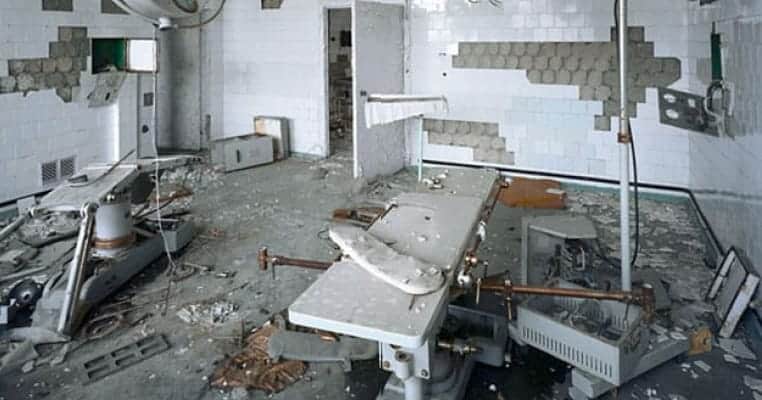Today the Chernobyl disaster is considered to be one of the worst nuclear disasters in history. The tragedy took place in the newly founded city of Pripyat, located near the Ukraine-Belarus border in northern Ukraine. On February 4, 1970, Pripyat became the ninth nuclear city at its founding. Pripyat officially became a city in 1979, about seven years before the Chernobyl disaster would take place. By the time the officials evacuated the town on April 27, 1986, due to the Chernobyl nuclear power plant explosion on April 26th, the population had reached nearly 50,000.


16. Government Tried To Cover Up How Severe The Explosion Was
History is full of times where the governments have tried to cover up how severe disasters really were, and the Chernobyl disaster is no different. In fact, the government of the Soviet Union wasted no time in working ways to make sure they could cover up the aftermath of the explosion as much as possible. One of the biggest reasons was the Soviet Union leader, Mikhail Gorbachev, wanted his crew to investigate the explosion first. However, while a team was summoned to investigate, Gorbachev still refused to tell the public what had happened.
This secrecy is really the only reason why officials didn’t evacuate the city of Pripyat until the next day. The explosion occurred on April 26, 1986, and it wasn’t until the following day that residents of Pripyat faced a mandatory evacuation. However, this didn’t mean the government said anything about how severe the aftermath was. In fact, they only mentioned the explosion from the plant on April 28, radioactivity levels reached their way to Sweden. While the residents of the city and surrounding countries waiting for Gorbachev to speak, he never did acknowledge the severity.

